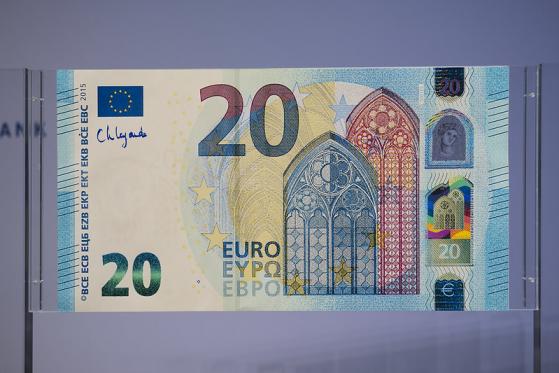Sharecast - According to the European Central Bank, the single currency block recorded a current account deficit of €8bn for that month, down from €27bn during the previous month.
On a 12-month basis meanwhile, the euro area's current account increased to €50bn or 0.4% of the block's gross domestic product, versus a surplus of €336bn over the year to September 2021.
The main drag came from international trade in goods, which flipped from a surplus of €362bn to a deficit of €41bn, while the surplus on the primary income balance reduced from €65bn to €19bn.
Going the other way, the surplus in services trade widened from €75bn to €134bn and the deficit in the secondary income balance from €166bn to €162bn.
On the other side of the balance of payments, the euro area's financial account improved.
Direct investment by euro area residents in non-euro area assets jumped from €86bn to €206bn over the latest 12-month stretch.
Net disinvestment by non-residents meanwhile increased from €38bn to €60bn.
Portfolio equity investments, defined as investments worth less than 10% in a company, by euro area residents declined from €518bn to €146bn, and net sales of non-euro area debt securities reached €20bn, down from net purchases worth €475bn.
For their part, non-residents' net equity purchases fell from €511bn to €103bn and their net sales of euro area debt fell from €343bn to €124bn.
Looking at the 12-month changes in the balance of payment's components, the ECB said that euro area MFI's net external assets fell by €148bn, due to net outflows in direct investment, other investment and other flows.
The current and capital account surpluses on the other hand served as a partial offset, together with non-MFI's net inflows in portfolio equity investment and, to a lesser degree, by protfolio debt investments.
For September 2022 alone however, the Eurosystem's stock of reserve assets improved from €1,130.6bn to €1,135.8bn.
Commenting on the latest data, Melanie Debono, senior Europe economist at Pantheon Macroeconomics, attributed the plunge in the current account to the so-called 'J-curve' by which a weaker currency initially leads to a wider deficit as import prices rise more quickly than the increase in export volumes induced by the depreciation.
